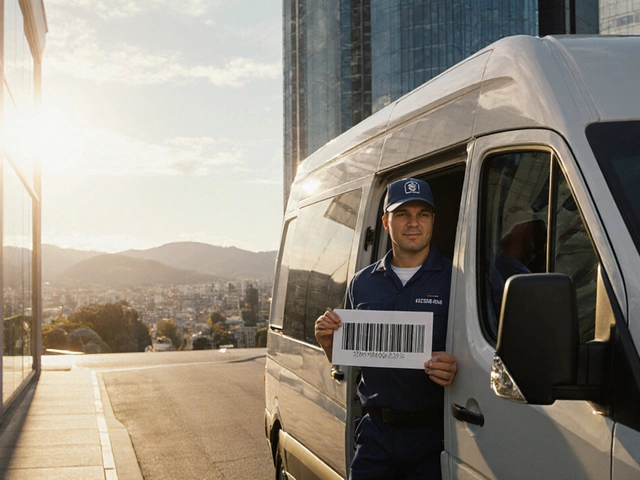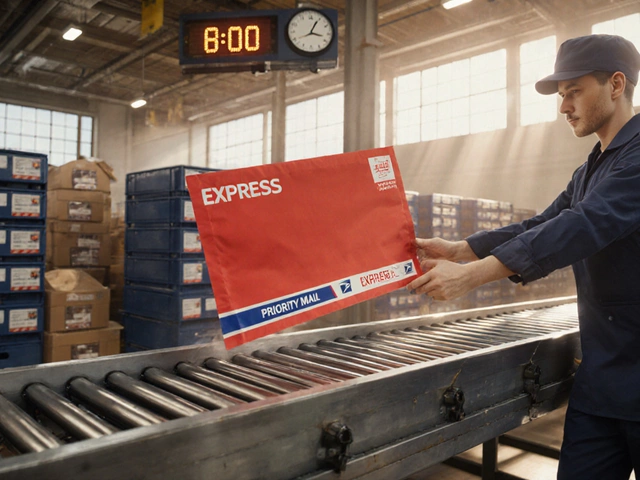Package Delivery Options: Find the Best Way to Send Your Parcels
When you have a box, a pallet, or a single envelope, the first question is always the same – how do I get it to the right place, on time, and without blowing my budget? The good news is that you don’t have to guess. There are three main routes: standard postal services, dedicated couriers, and freight or pallet carriers. Each one has its own sweet spot, and the right choice depends on what you’re sending and how fast you need it.
Standard postal services, like the national post, are great for lightweight items under a few kilograms. They usually offer the cheapest rates, especially for bulk mail or small parcels. Couriers such as UPS, FedEx, DHL, and local firms step in when speed and tracking become priority. They cover everything from next‑day delivery to same‑day service, often with guaranteed cut‑off times. Freight carriers take the load when you’re dealing with big, heavy, or oddly shaped shipments that won’t fit in a regular parcel van.
Speed vs Cost: How to Pick the Right Service
If time is money, start by asking how quickly the receiver needs the package. A next‑day service will cost more than a standard 2‑3‑day option, but it can prevent lost sales or production delays. For non‑urgent items, look at economy services that still provide tracking – they often shave 30‑40% off the price. Remember, the cheapest quote isn’t always the best if it means the parcel sits in a hub for days.
Weight and dimensions are the second cost drivers. Most couriers base their price on the greater of actual weight or dimensional weight (size). Measuring your box accurately can save you from surprise fees. Also, check the carrier’s cut‑off times; sending a package after the deadline can push it to the next business day, erasing any speed advantage.
Special Cases: Heavy Items, International Shipments, and After‑Hours
When you need to move a pallet, a sofa, or any item larger than a standard parcel, look for services that explicitly handle freight. UPS and FedEx both offer pallet delivery, with rates depending on distance, weight, and whether you need lift‑gate service. Packing tips matter here too – use sturdy pallets, shrink‑wrap, and label each side clearly.
Shipping abroad adds customs paperwork, duties, and sometimes extra insurance. A good rule of thumb is to pick a carrier that offers end‑to‑end tracking and a customs broker in the destination country. DHL and UPS have strong international networks, while the national post can be a budget‑friendly alternative for smaller parcels.
Need a package delivered late at night or on a weekend? Some couriers now run after‑hours pickups and weekend deliveries for an extra fee. Check whether the service covers your area, because not all locations have the same options. If you’re a regular shipper, negotiate a contract – you’ll often get lower rates and dedicated pickup windows.
Finally, think about insurance and proof of delivery. For high‑value items, adding insurance protects you from loss or damage. Most carriers let you buy coverage up to a few thousand pounds, and the cost is usually a small percentage of the declared value. A signature‑required delivery adds another layer of security and lets you confirm the parcel reached the right hands.
Choosing the right package delivery option boils down to three questions: How fast does it need to arrive? How big or heavy is it? How much am I willing to spend for peace of mind? Answer those, compare a few quotes, and you’ll land on the service that keeps your shipments moving without breaking the bank.
January 18, 2025
Evelyn Wescott
0 Comments
Navigating international shipping costs can be daunting, especially when choosing between carriers like UPS and USPS for a 20 lb package. This article delves into different aspects affecting the costs, such as shipment destination, delivery speed, and additional services offered by each carrier. It also offers practical tips to ensure efficient and cost-effective shipping. With insights from real-world scenarios, this piece aims to make international shipping less overwhelming.




